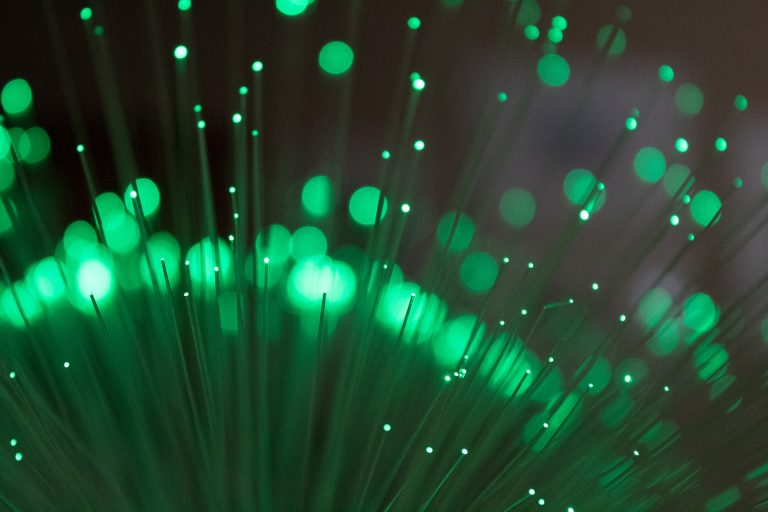
IDATE DigiWorld, the European digital think-tank, is organizing a conference dedicated to green fiber at the Mobile World Congress: the “Green All-optical Network Forum”.
Since the signing of the Paris Agreement in 2015, a growing number of countries and
companies have committed to achieving carbon neutrality. For the Think Tank, which will unveil its white paper “Fiber for a Sustainable Future – A Key Enabler to Lower Carbon Emissions”, there is no doubt that fiber optics is one of the keys to achieving this goal.
5 questions to Jean-Luc Lemmens, Director of the Media-Telecom Cluster at IDATE DigiWorld, the European digital think-tank, for ActuIA:
- The new IPCC report on the impacts of climate change and the issue of adaptation highlights the extreme urgency of the situation. In your opinion, what role can technology play and what is its impact?
ICT technologies could reduce the greenhouse effect by 12 gigatons of CO2 equivalent by 2030. This reduction is the result of the use of less energy consuming equipment – such as fiber optic networks that consume 5 times less electricity than copper networks while having a longer life cycle, or by deploying new networks in homes, offices and factories – these networks manage sensors to reduce the consumption of energy, heating or water. The technology is making our homes and offices smarter and therefore reducing their carbon footprints.
- The challenge of environmental transition and carbon neutrality are linked to energy consumption, how does your white paper address these issues?
Our white paper shows how the deployment of fiber networks will reduce energy consumption for all. Deploying fiber networks can reduce the carbon footprint of our societies by 1.2 Gigatons of CO2 equivalent. It is important to understand that this issue is not limited to the telecom industry. Deploying more fiber networks in office buildings or factories to better manage energy consumption is also an issue for companies in all sectors that want to reduce their carbon footprint.
- How can fiber optic networks help optimize energy consumption?
Thanks to sensors installed on production lines or in offices, these networks, which are by nature very low energy consumers, can also regulate in an extremely fine way all the equipment consuming electricity. This type of very intelligent network allows a significant net reduction of the carbon footprint.
- You have spoken with many French and European industrial players. How are they progressing with their carbon footprint reduction strategies?
We had the opportunity to discuss with many French and European manufacturers. All of them have implemented ambitious strategies contributing to the efforts to reduce our carbon footprint. The sectors most closely linked to digital or energy have made information technology part of their CO2 strategy. We were surprised to see that some industrial players have not put information technology at the heart of their strategy. We believe that there is a significant potential for reducing our greenhouse gas emissions.
- You’ve been following developments in the telecoms and digital sectors for many years. What are your predictions for the years to come?
The telecom and digital sectors will remain central to our societies in the years to come. Whether it is for the absolute necessity to act for the environmental transition, for our continent’s ambitions of sovereignty or for our strategies of relocating our industry, they will be essential tools. The completion of our fiber optic networks, the deployment of industrial 5G, and the acceleration of the construction of data centers will contribute to the betterment of our societies.
Translated from La fibre optique, l’une des clefs pour atteindre la neutralité carbone, selon IDATE DigiWorld









